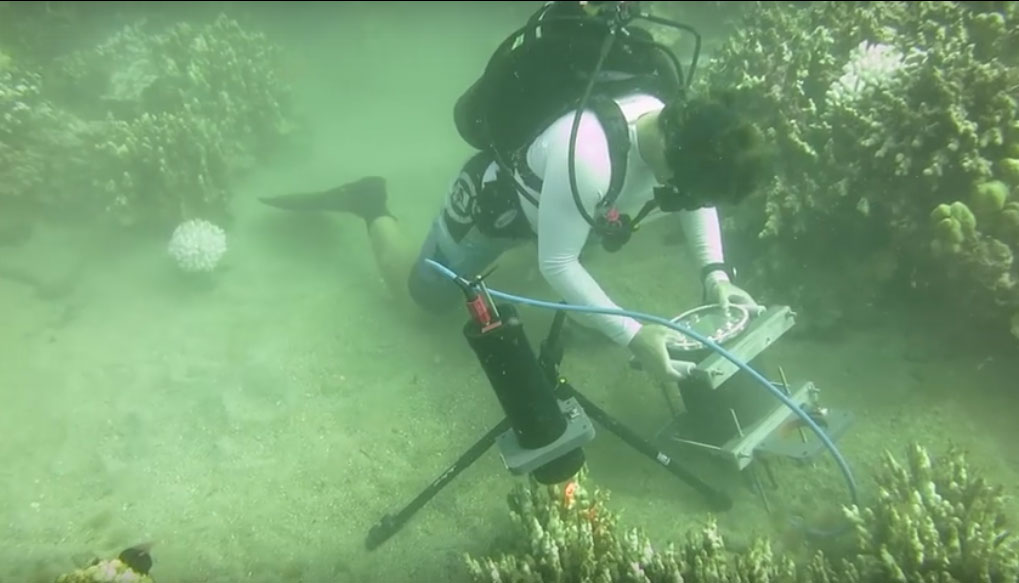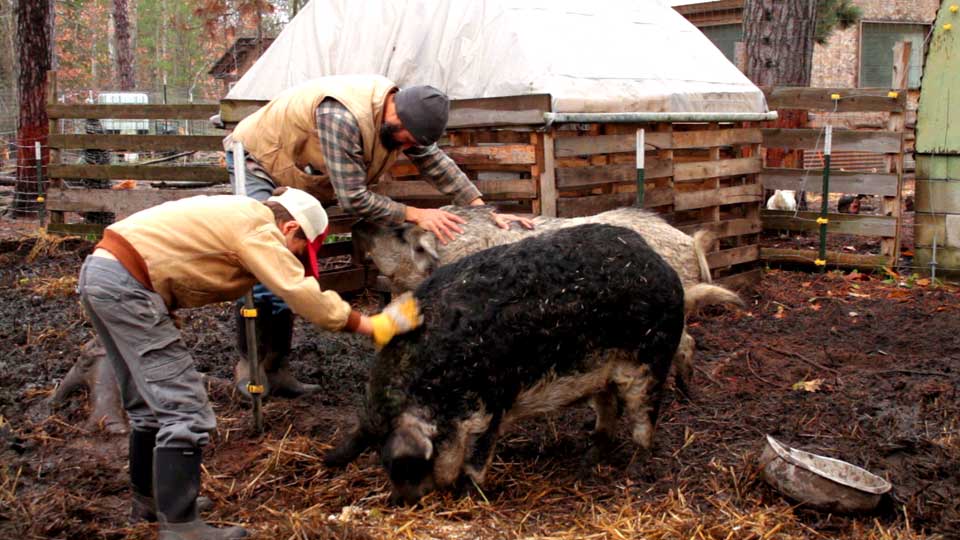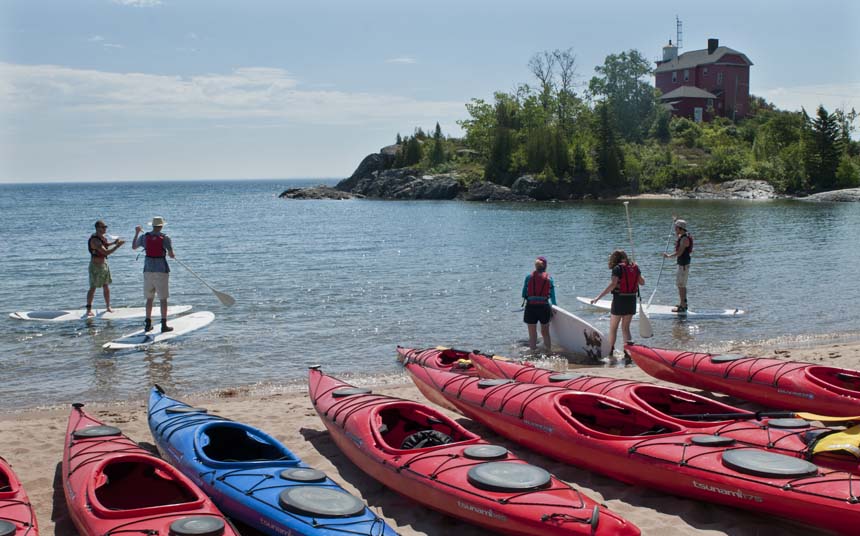Facts For World Water Day
A look at how water has and will continue to shape human culture.
Have you ever stopped to think just how water has shaped humanity and it’s many cultures? Despite the diversity we find from place to place one thing is common to all; that without water there is no humanity.
In preparation for World Water Day on March 22, 2015 we wanted to share the importance of our most precious resource. The liquid miracle that makes our planet unique among all others in our known universe. We need to remind ourselves on a daily basis that water mustn’t be taken for granted.
Water is becoming more scarce throughout the world making this threatened commodity a hugely relevant issue of the present; upon which the future of humanity hinges.
For those of us living on the shores of the world’s largest supply of fresh water, the Great Lakes, and in particular Lake Superior, we need to consider ourselves guardians against threats to our water supplies.
Throughout history water has shaped many other aspects of our lives beyond basic bodily functions. It has molded our social habits, religious/spiritual faiths, and cultural development. Here, we take a brief look at how our relationships with water have evolved over time and what will be the fate of this vital resource in the future?
OWater and Religious Faiths

The Christian ritual of baptism allows followers to wash away sins and be reborn into the Christian community. (photo by L. Shat – Fotolia)
Water has been a constant motif throughout the world’s religious faiths. Even before evolution began explaining the origins of life from within the sea, people had already linked water to the beginnings of humanity. These connections can be seen woven throughout creation stories from the Bible to native cultures across the globe.
The constant ebbing and flowing of water has been used endlessly in various cultures to symbolize the human passage through life. For some, it personifies abundance, growth, and the ability to adapt to changing situations. It’s also a sign of blessing and fertility for many.
Water serves as a purifier both physically and symbolically. Whether one is preparing for a religious ceremony, daily prayer, wedding, or meal there are universal practices and rituals involving the washing of the body, signifying that external earthly cleansing is the first step towards purification of the soul.
From Hindu pilgrimages to bathe in the holy rivers to the washing away of sins in Christian baptisms water has been traditionally used as a means of “rebirth” symbolizing new beginnings.

Both science and many world religions incorporate water as the source of life on earth. ( photo by Orlando Florin Rosu – Fotolia)
Body and Healing
Behind the familiar statement “There’s nothing like a fragrant hot bath to relieve the day’s tensions,” there lies an important fact: numerous water sources containing various minerals and salt qualities were and still are attributed with healing properties.
Our species has continually sought out and created it’s own sources of warm water for relaxation and health benefits; from the mineral rich waters of naturally occurring hot springs, to the purifying steam that pours off heated rocks in Finnish saunas and native sweat lodges, to our modern day hot tubs. Even fragrant salts poured into a steaming bathtub is a welcome respite from the anxieties of the world and a means to refresh our spirits soaking away our physical aches and pains.

Natural hot springs are well known for their restorative capabilities. (photo taken in Iceland geothermal pools by stanciuc – Fotolia)
Development of cultures
Throughout history people have evolved their communities and civilizations around water sources. Water provided the basic needs of drinking, washing, and agriculture and was always at the core of social interactions.

Woman in many developing countries walk long distances to get water like this woman from Ethiopia who carries a water container on her head.
Water pumping, in many countries was a traditional role of women and it was by these wells that conversations and local gossip were shared. In many ancient cultures such as Japan, Arabia, and the Roman empire public baths and spas were social centers for bathing and interactions within the community.
Waterways have always served as important trade routes connecting distant regions and continents. As our civilizations developed countries were able to control marine routes for economic, political, and defensive leverage. These advantages allowed some to grow into super powers like the Phoenicians in ancient times and countries like England, Portugal, and Spain in the middle of the second millennium.

The ruins of this ancient Roman aqueduct were built along the coast of the Mediterranean Sea. It used gravity to bring water from the mountains into the cities of Israel during the time of Christ. (photo by The ruins of this ancient Roman aqueduct were built along the coast of the Mediterranean Sea. It used gravity to bring water from the mountains into the cities of Israel during the time of Christ. (photo by sframe – Fotolia)
Development of Water Technologies
Once people began to direct the life yielding flow of water, the development of water technologies was born and has continued evolving to meet various human needs from ancient times to the present. Yet, despite all our water technology advancements we find ourselves on the verge of a water crisis.
Some Contributing Factors
- Many places in the world are still faced with basic sanitation problems that cause sewage contamination and lead to the illness and death of billions of people each year.
- Water shortages are on the rise due to urbanization and population growth.
- Industries such as mining and oil production contaminate water sources not to mention accidents associated with transporting these commodities. (click here to read about local water contamination to Escanaba waterways)
- Continued use of inefficient coal-fired power plants for energy production contribute huge amounts of pollution. “The EPA estimates that coal-fired power plants are the largest man-made source of mercury pollution, accounting for 50 percent of mercury air emissions in the United States. (nrdc.org to see entire article)
- Aging water pipes in developed countries that cause water loss and leach chemicals into water supplies.
Despite existing know-how people in industrialized countries are reporting on hundreds of industrial pollution incidents damaging water quality on a daily basis. Until demand for improvement and enforcement of safety standards doesn’t come from end-consumers around the world, chances for improvement are small.

Predictions talk of growing water shortages world wide. The UN estimates that in 2025, 1.8 billion people will not have a clean glass of water within reach. Water is already on it’s way to becoming an “endangered resource”.
So where do we begin? By applying the various existing technologies we already have for more efficient water utilization, for starters:
- water recycling such as: gray water for home use and agricultural waste water recovery
- water harvesting of rain water
- increasing water desalination on coastlines
- engaging consumers that will demand proven effective and non-polluting water treatment
- increasing government spending, grants, and subsidies on new water technologies
- insisting our governing bodies regulate and enforce environmental safety standards to protect our water resources and our health!
In the Upper Peninsula we live in a region with a legacy of pollution to our rich water resources from the mining industry and abundance of coal-fired power plants which put our water supplies and ultimately our health at risk. This makes it especially important that we become watchdogs of these industries to be sure they are abiding by safety guidelines that protect us while striving for better alternatives.
We must remember that water – clean usable water – is essential to sustain life on earth. For our sake and those of our future generations.
Connect with your local organizations working to protect our water resources:
Superior Watershed Partnership & Land Trust
















You must be logged in to post a comment Login